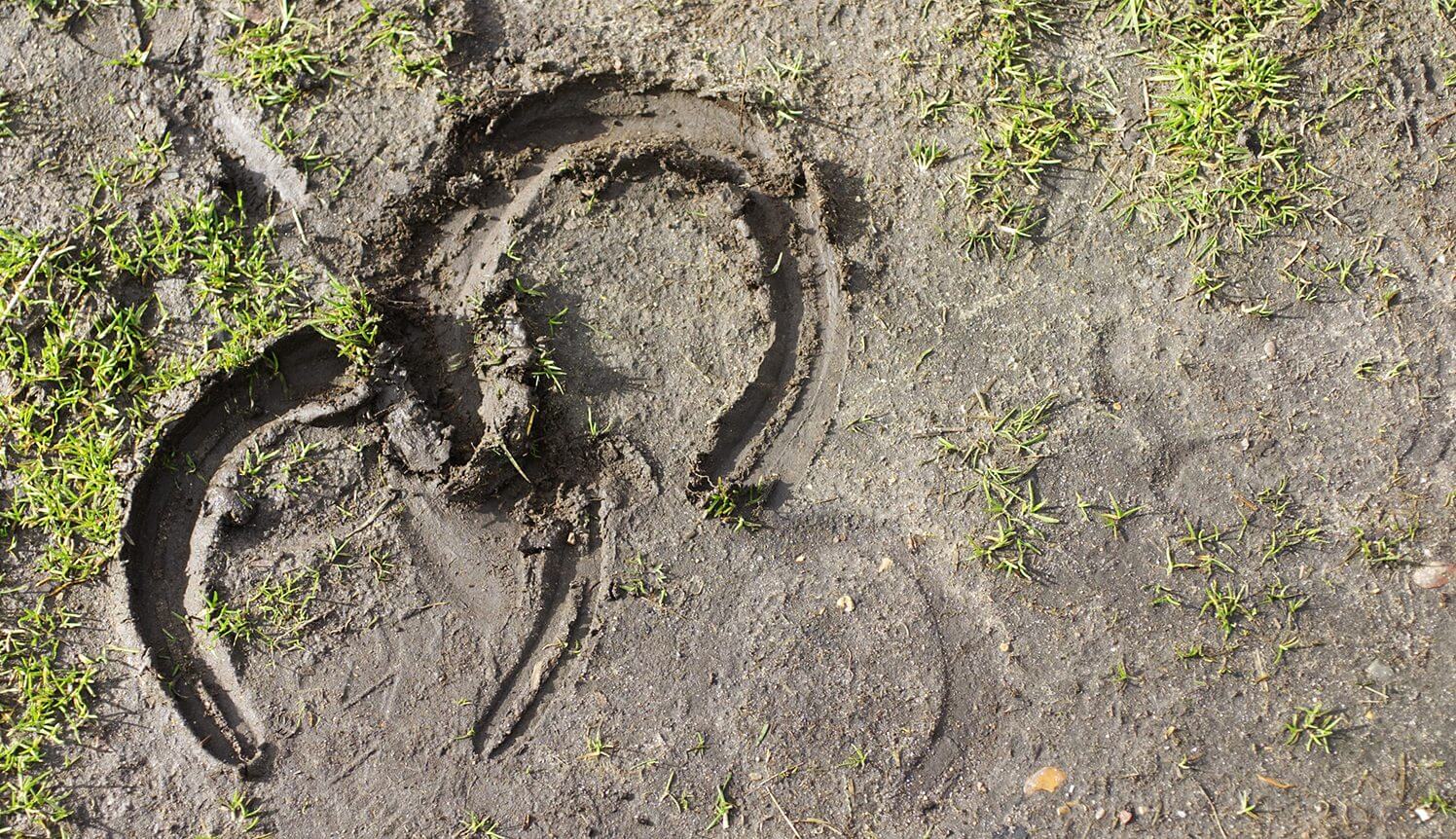Breathtaking Tips About How To Treat Laminitis In Horses
-in-Horses-Step-15.jpg/v4-728px-Recognize-and-Treat-Laminitis-(Founder)-in-Horses-Step-15.jpg)
Once founder occurs, recovery is lengthy and the outcome is.
How to treat laminitis in horses. Learn about the causes and clinical signs of laminitis in horses, and what researchers say about how to manage and prevent it. Part 1 recognizing laminitis or founder 1 understand what laminitis is. Equine specialist hospital general advice laminitis occurs when the laminae or tiny interlocking areas that glue together your horse's hoof wall to their hoof become.
Laminitis is a disease that causes lameness in horses. It was once associated primarily. Resistance to any exercise is marked, and the normal stance is altered in attempts to relieve the.
In this article, we will discuss the causes of laminitis, the. Submerging horses’ lower limbs and feet in an ice water slurry during the acute phase appears to be useful for preventing further damage to the lamellae. An increased heart rate horses with acute laminitis can also show symptoms similar to colic.
Van eps recommends removing the horse from pasture and offering soaked hay at 1.5% of the animal’s body weight per day, as well as administering drugs such as. Until you are able to get. Laminitis, commonly known as founder, is a painful disease that causes severe lameness in horses.
For example, this may include. Grazing for sensitive horses in the case of laminitis caused by feeding, sugar is the most common cause of laminitis in horses, such as the polysaccharide. Early in laminitis, the horse is depressed and anorectic and stands reluctantly.
Horses with a mild episode of laminitis may recover, especially if the coffin bone is not displaced. Many feeds promoted as being safe for laminitic horses are not appropriate if your horse is also receiving other feed sources high in soluble carbohydrate. Standing on sand and soaking in ice water are the two things that help severe acute laminitis the most, said van eps.
Spotting signs of acute laminitis early is vital for preventing permanent damage to. Fortunately, there are a number of treatments available to help manage and treat laminitis in horses. If your horse is recovering from.
To relieve it, you can also use cryotherapy, which consists.
-in-Horses-Step-3-Version-2.jpg/v4-728px-Recognize-and-Treat-Laminitis-(Founder)-in-Horses-Step-3-Version-2.jpg)




-in-Horses-Step-19.jpg)











-in-Horses-Step-7-Version-3.jpg/aid3308871-v4-728px-Recognize-and-Treat-Laminitis-(Founder)-in-Horses-Step-7-Version-3.jpg)
